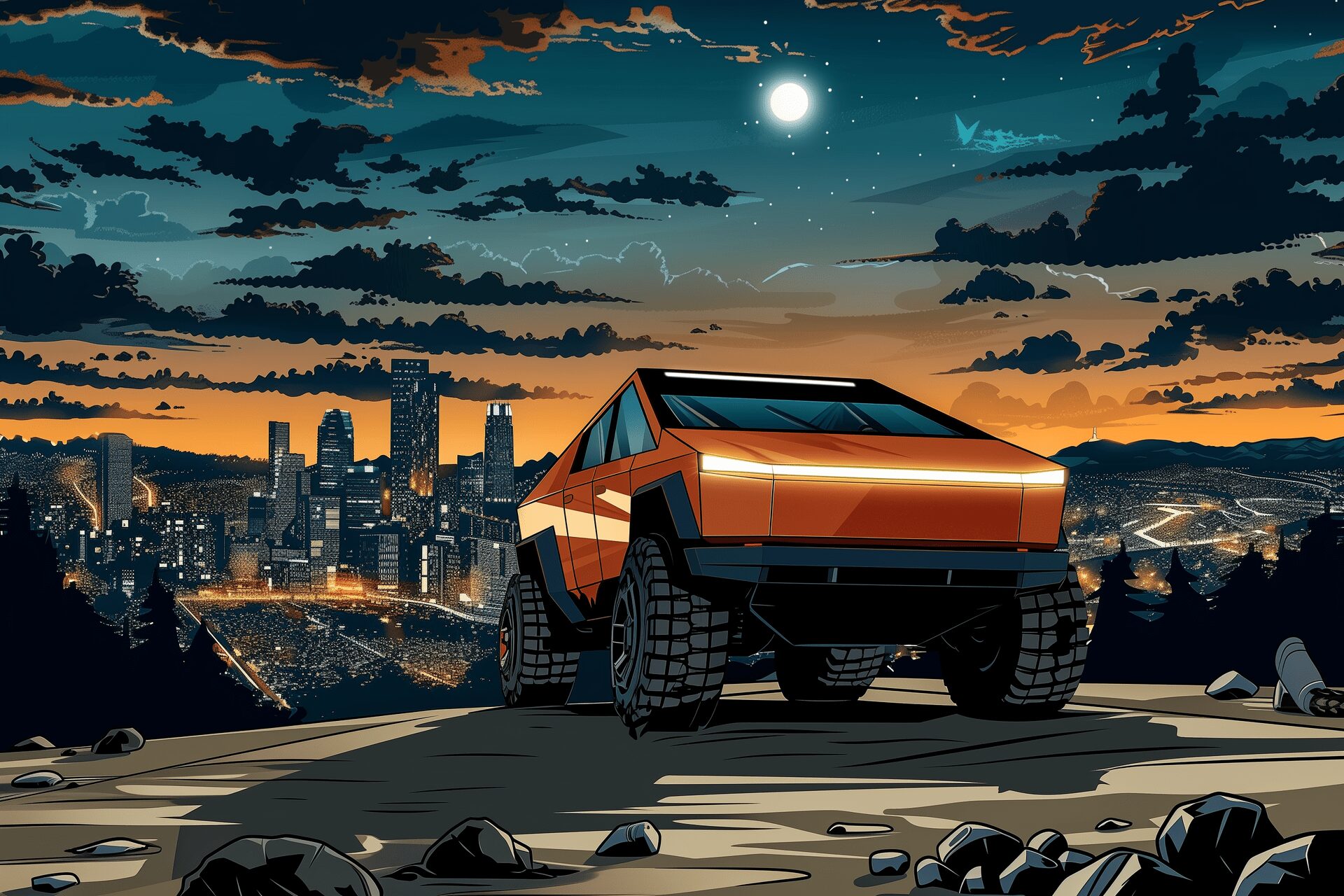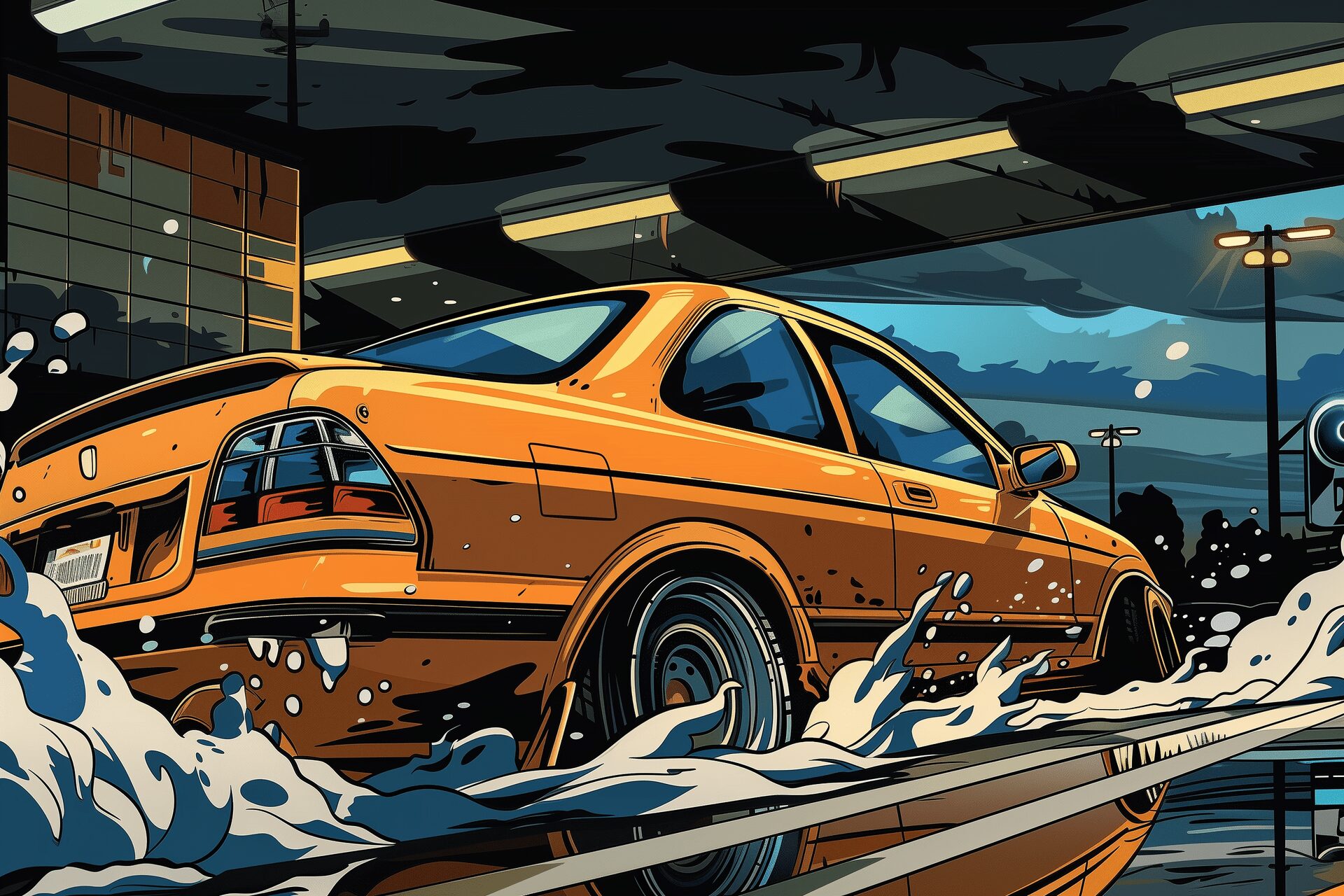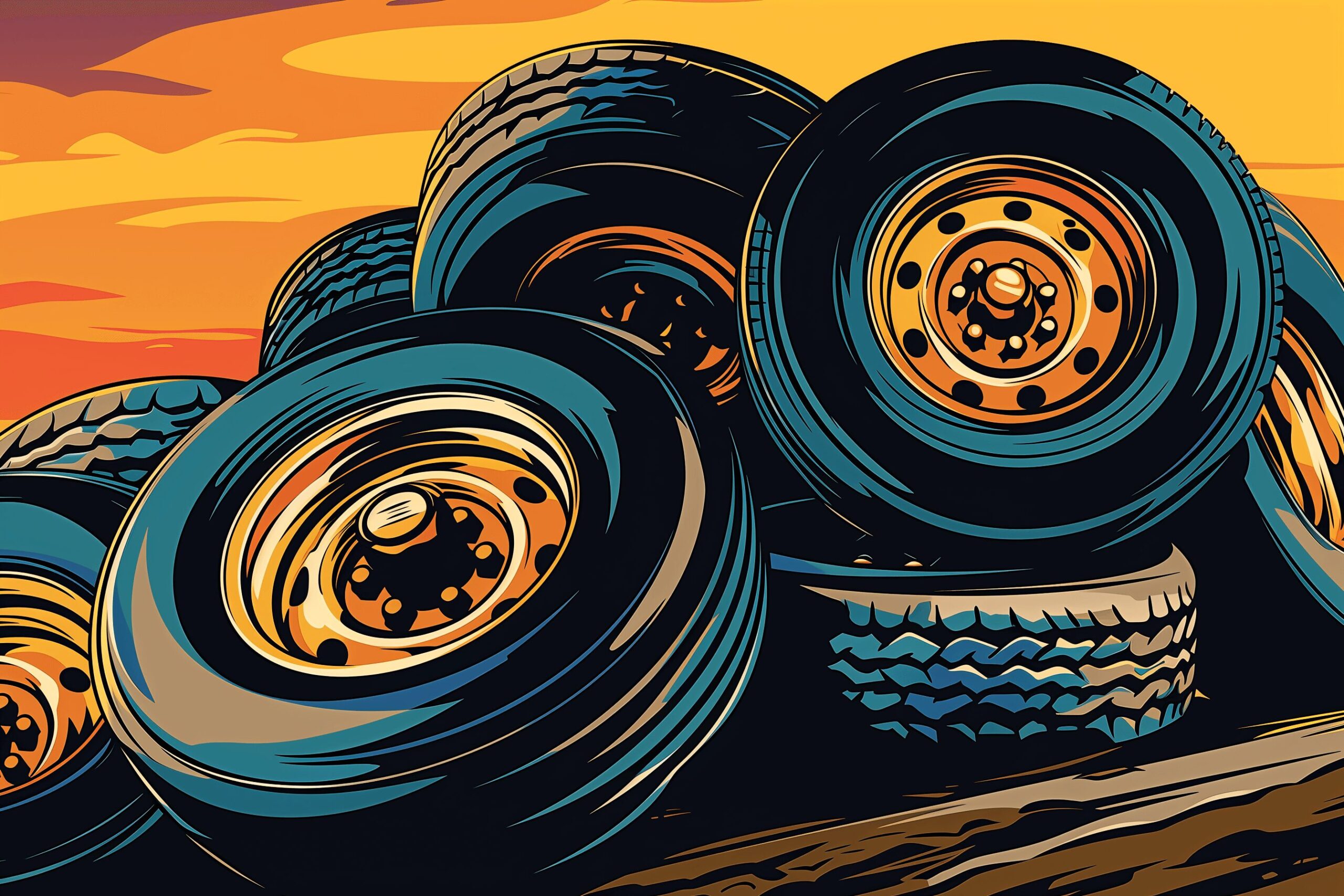Maintaining a Classic Car: 6 Important Points
Mar 18, 2022

As an Amazon Associate, Modded gets commissions for purchases made through links in this post.
Regardless of its make, model, or production year, every car has one thing in common: they need regular maintenance to continue to function. Without some intervention, these marvels of automotive engineering will stop working, rust, and fall apart – forgotten in some dusty garage or moldy barn.
The universal need for maintenance aside, keeping a classic car running can be quite different from doing the same work on a newer car. What important points do you need to keep in mind if you’ve got a classic car in your collection that needs maintenance?
1. Invest in a Battery Tender
If you don’t drive the car for long periods, you may climb behind the wheel only to find yourself stranded with a dead battery. While this can happen in modern and classic cars alike, old wiring and obsolete computers can cause a phantom drain that can quickly empty your battery.
Battery tenders work by sensing the battery’s voltage, offering a charge if the voltage drops too low. There’s no worry about overcharging because the tender will shut off once the battery meets the recommended voltage. You can leave the battery tender hooked up any time you’re not driving your classic car.
2. Change the Oil More Often
Advances in modern automotive technology – and oil engineering – mean you can drive 7,500-15,000 miles between oil changes without doing any damage to the engine for most cars.
This isn’t the case for classic cars. Even if you’re not driving it regularly, you’ll need to change the oil every six months or 3,000-5,000 miles. Older engines need a bit more TLC, and the oil will continue to break down even if you’re not using it every day, so plan for at least two oil changes a year, whether you’re driving it or not.
3. Watch Out for Rust and Corrosion
Rust is every car owner’s worst enemy, but the threat is often worse for classic cars. Uniform corrosion, such as rust, can infect any part of the car made of metal and exposed to air. As the oxygen exchanges electrons with iron, the metal oxidizes, creating rust.
In small areas, rust or corrosion can be easy to prevent or fix with some sandpaper and Bondo, but if the infection runs deep, it could go far enough to make the car unsafe to drive. Watch out for rust on the frame of the vehicle.
4. Test the Brakes
Brake pads don’t spoil like oil or other fluids might, but that doesn’t mean they’re going to work at 100% as soon as you take your classic car out of storage. Brake pads, rotors, and drums are a prime place for dust and humidity to accumulate while the vehicle is in storage.
Either of these substances can make the brakes slip, making it harder to stop the vehicle and potentially leading to an accident. When you take the car out, drive carefully and tap the breaks a few times to shake loose any dust or condensation that might interfere with your ability to stop.
5. Keep It Out of the Weather
The last place you want to store your classic car is out on your driveway or in the street if you can avoid it. In addition to making it a target for opportunistic car thieves, you’re risking damage by exposing it to the elements. Sun, rain, snow, and other natural forces can wreak havoc on your classic car.
The best option is to store it indoors, in a climate-controlled garage or storage facility. If that isn’t an option, try to park under a carport or use a car cover. At the very least, install window sunshades to protect your interior from harsh UV rays that could bleach fabric and damage leather or vinyl.
6. Give It a Good Wash and Wax
Sometimes, a good coat of wax is all you need to protect and maintain your classic car. Before you put it into storage, give it a good wash and apply a high-quality wax that will help protect the exterior while you’re not driving it. Make sure you’re deep cleaning all the nooks and crannies to prevent dirt or water from causing a rust problem while the car is in storage.
Enjoy Your Classic Car
There are a lot of similarities between classic and modern cars, but just as many differences. Take your time to learn the peculiarities of your unique classic car and how best to care for it. Don’t simply park it in the garage and assume it will be ready for you when you’re ready to drive it again. You’re responsible for a piece of automotive history. Make sure you treat it well.





